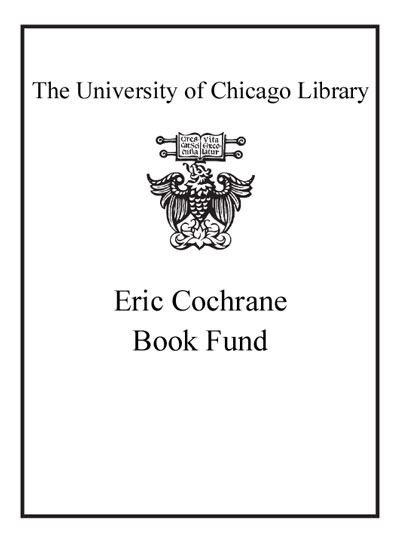Review by Choice Review
This timely book is very much a product of the present era, which is marked by inexplicable violence worldwide and a determination to understand the root causes of violence and the mechanisms that allow it to perpetuate. A specialist in art of the Italian Renaissance, Nethersole (Courtauld Institute of Art, UK) examines select images, and their themes, produced in Florence, mostly during the 15th century. The Florentine public was accustomed to both wanton and staged violence, witnessing frequent belligerencies and, on average, about ten public executions each year. And Christian and classical stories offered up plentiful literary accounts of war, rape, and murder to depict. Even so, questions remain regarding issues such as the copiousness and range of violent imagery, the derivation of pleasure or catharsis in viewing these scenes, the artistry and beauty contemporaneous viewers found in the depiction of violence, and the consequences of regularly visualizing brutality inflicted on women, children, saints, and the innocent. The author takes a broad contextual, non-politicized approach, making a significant contribution to the literature. Including excellent illustrations, this book should raise awareness of the subject. Summing Up: Essential. Upper-division undergraduates through faculty. --A. Victor Coonin, Rhodes College
Copyright American Library Association, used with permission.
Review by Choice Review

